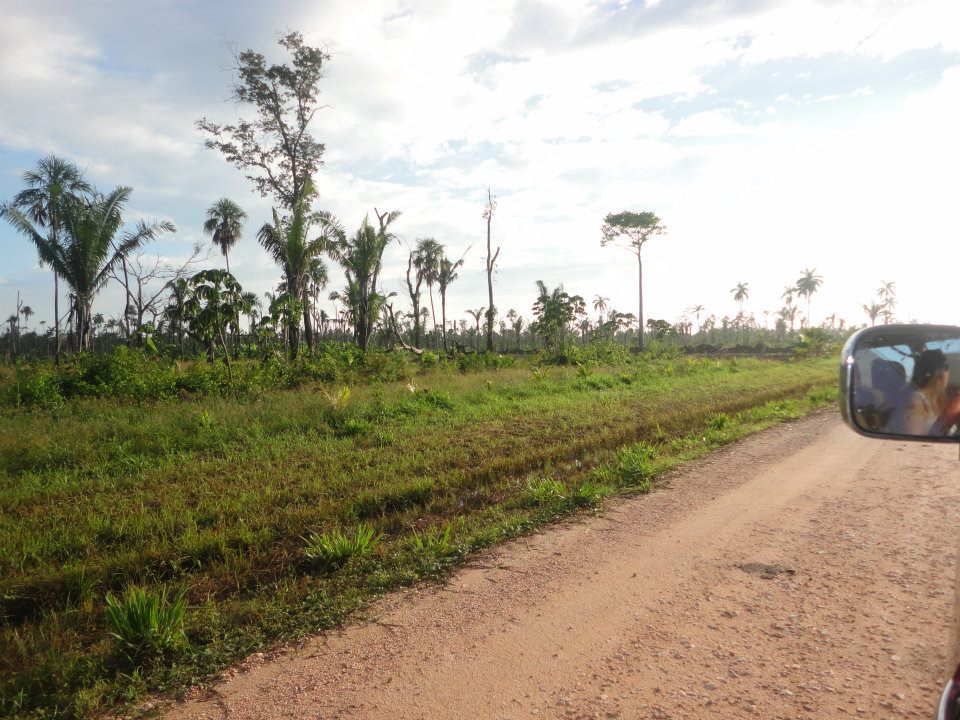Hello!
I am a Fellow in the History of Art and Visual Culture in the Michael C. Rockefeller Wing at the Metropolitan Museum of Art. I recently completed my doctorate in anthropology at Yale University, and I am interested in the intersection between people, patterns, and pots. My current project is focused on the collecting of Usulután pottery in the 20th century, expanding on my doctoral research on Usulután pottery in ancient Mesoamerica.
Teaching at the Yale University Art Gallery 2024
Chalchuapa 2023
Cotzumalguapa 2019
“What is uncertain is not the world, but the knowledge we have about it.”
Papers
Davis, C.R. 2022. Metaphorical Diphrasis in the Murals of Tulum. Journal of Manuscript and Text Culture 1.
Davis, C. R. and D. R. McCormick Alcorta 2022 Formative obsidian procurement and production in Salinas La Blanca, Guatemala. International Association of Obsidian Studies Bulletin 67:15- 26.
Interior of the Temple of the Diving God, Tulum. Drawing by C.R. Davis 2021 after F. Davalos 1982.
Conference Papers
Davis, C.R., 2021. Formative Ceramic and Obsidian Transitions at Salinas La Blanca. Paper presented at Society for American Archaeology Annual Meeting 2021.
Davis, C.R., 2017. Flower & Song: Exploring Literacy in PostClassic Mesoamerica. Poster presented at Society for American Archaeology Annual Meeting, Vancouver, Canada.
Davis, C.R., 2015. Ritualized Discourse in the Mesoamerican Codices. Poster presented at ARCHON Research School of Archaeology Conference, Amersfoort, Netherlands.
Davis, C.R., 2015. Applying a Central Mexican Approach to a Maya Codex. Paper presented at the Symposium Onderzoek Jonge Archeologen, Leiden, Netherlands.
Davis, C.R., 2015. Miscarriage and Fetal Personhood: Attitudes Towards the Unborn in Precolumbian Mesoamerica. Poster presented at the Archaeology, Identity, and Personhood Conference, Leiden, Netherlands.
DISSERTATION: USULUTAN: RESIST CERAMICS AND INTERACTION IN THE TERMINAL FORMATIVE SOUTHERN MAYA REGION
Usulutan decorated effigy vessel in the collection of the Mint Museum. Photo: Mint Museum.
Rio Santiago Usulutan sherd from Bilbao, Cotzumalguapa, Guatemala, excavated by L.A. Parsons in the collection of the Milwaukee Public Museum.
This doctoral dissertation project explores the role of material objects in supporting social networks through an investigation of a distinctive style of resist-decorated pottery produced and exchanged along the coast of Guatemala and El Salvador within the Late Formative period (300 BC – AD 200). This decorative technique, known as Usulutan, has been found in diverse contexts suggesting a social role related to elite exchange, religious practice, and collective feasting.
Archaeological ceramics are uniquely positioned to offer insight on ancient peoples, reflecting both intentional and unintentional aesthetic, technical, and social choices. Building on a long-standing anthropological focus on prestige goods and exchange networks, a distinctive style of resist-decorated pottery produced and exchanged along the Pacific Coast of Guatemala and El Salvador is investigated. Integrating archaeological, art historical, and compositional data on this little understood social valuable, analysis of the production of these vessels and their movement through the landscape will demonstrate how material objects play a crucial role in the development of social relationships. In addition to contributing to gaps in existing compositional databases and assisting in the evaluation of methods for the chemical characterization of archaeological ceramics, the project will also provide students with the opportunity to gain laboratory skills related to archaeological science.
Emphasizing the material basis for social networks, this project evaluates hypotheses of open and restricted access to a technically complex ceramic decorative style. Was this style available to the general population or restricted to elite communities? Which potting communities had access to the technical artistry required to produce these vessels, and did every community produce them using the same technique? And who exchanged ceramics with whom? Answering these questions furthers understandings of how social networks are supported and maintained by economically and symbolically significant social valuables. This project will use bulk compositional data acquired using instrumental neutron activation analysis, surface compositional data acquired using portable x-ray fluorescence, microscopic analysis of surface treatment, and data on style and form to trace interaction between archaeological sites. Examining the production of and access to these socially significant objects will illuminate systems of pottery production on a regional scale and the ways in which human relationships are negotiated and constructed through material means on a broader level.
Ceramic sherd before drilling for INAA samples. From Bilbao, Cotzumalguapa, Guatemala, excavated by L.A. Parsons in the collection of the Milwaukee Public Museum.
Ceramic sherd after drilling for INAA samples. From Bilbao, Cotzumalguapa, Guatemala, excavated by L.A. Parsons in the collection of the Milwaukee Public Museum.
Proyecto Arqueológico Cotzumalguapa (2019)
Director: Dr. Oswaldo Chinchilla Mazariegos, Yale University
Proyecto Arqueológico Centro de Nicaragua (2016)
Director: Dr. Alexander Geurds, Oxford University, Leiden University
Belize River East Archaeology Project (2012)
Director: Dr. Eleanor Harrison-Buck, University of New Hampshire
Leiden University
r(MA) Archaeology 2016
Leiden University Excellence Scholarship
Supervisor: Prof. Dr. M.E.R.G.N. Jansen
Thesis: Ritualized Discourse in the Mesoamerican Codices: An Inquiry into Epigraphic Practice.
Boston University
BA Archaeology, Anthropology 2013
Advisor: Prof. Paul Goldberg
Interested in talking?
You can reach me at:
Caitlin.Davis@yale.edu
Caitlin.Davis.Judd@gmail.com














